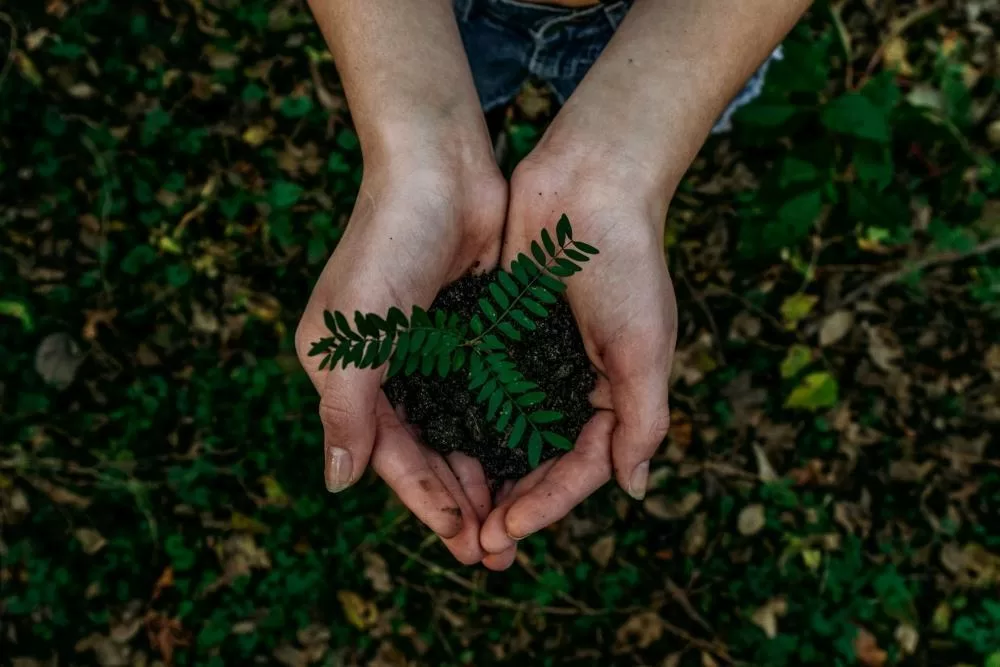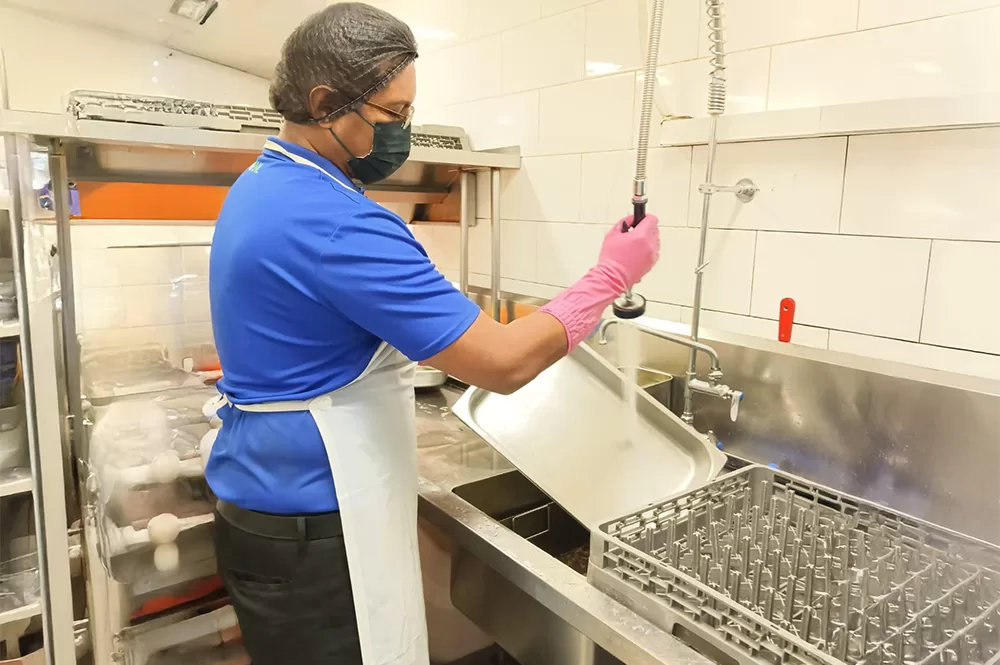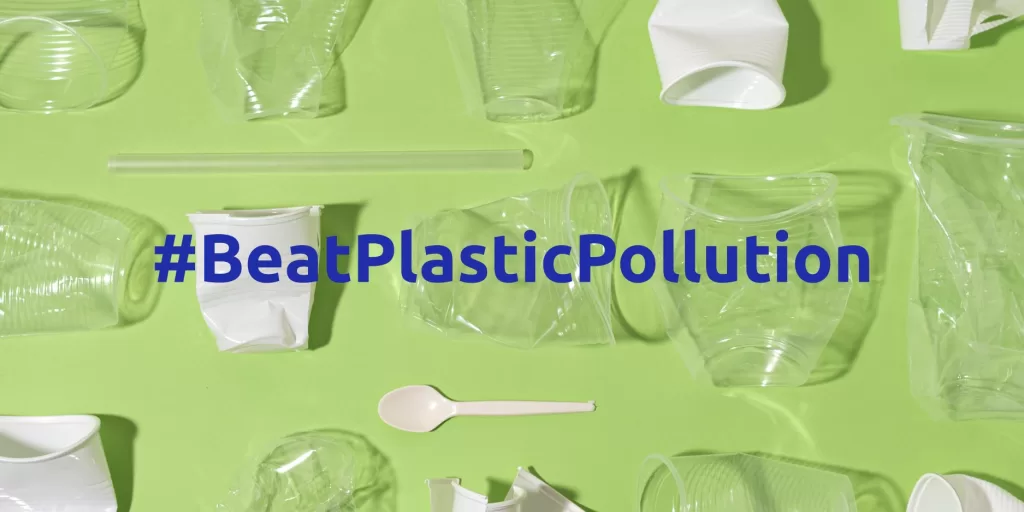The planet is facing an unprecedented waste crisis. Each year, billions of tonnes of waste are produced globally, posing significant challenges to environmental sustainability and public health. Traditional disposal methods like landfilling and incineration are not only environmentally detrimental but also represent a lost opportunity to recover valuable materials.
In this context, upcycling emerges as a vital and innovative solution. Unlike traditional recycling, which often downgrades the quality of materials, upcycling transforms waste into products of higher value, offering a creative and sustainable approach to waste management. In this blog post, we explore how does upcycling helps the environment along with the technology to transform waste into new products.
What is Upcycling?
Upcycling, a term that captures the essence of taking waste materials and transforming them into new, more valuable products, stands distinct from recycling. While recycling often involves breaking down products to their raw materials, upcycling transforms them, enhancing their inherent value without significantly degrading their original form. This process not only conserves the energy and resources spent on creating new materials but also significantly reduces the volume of waste destined for landfills.
The benefits of upcycling can be profound and multifaceted. Environmentally, it contributes to significant reductions in landfill use, raw material consumption, and greenhouse gas emissions. Economically, it can enhance product value and generate unique market opportunities. Moreover, upcycling fosters creativity and innovation, encouraging a culture of sustainability that resonates across communities and industries.
Technological Innovations in Upcycling
Advancements in technology have played a pivotal role in elevating the practice of upcycling from niche artisanal projects to a significant industrial process capable of substantial scalability and efficiency. Among these innovations are advanced sorting technologies that can accurately differentiate materials at a granular level. Material recovery facilities (MRFs) equipped with the latest technology can recover a wider array of materials, preparing them for new life in new forms.
Further driving the efficiency of upcycling are innovative processing techniques such as thermal depolymerisation, which breaks down plastics and other polymers into their constituent chemicals that can be reused in manufacturing. Additionally, digital platforms are now being used to bridge the gap between waste producers and upcycling markets, creating a streamlined pathway that facilitates the transformation of waste into resources without extensive intermediation.
These technologies are not only making upcycling more feasible but are also expanding the range of materials that can be upcycled. For example, sophisticated chemical recycling processes are now able to transform used plastic bottles into high-quality fabric for clothing, demonstrating the versatility and potential of upcycled products.
The Impact of Upcycling on Sustainability
Upcycling’s role in promoting environmental sustainability cannot be overstated. By transforming waste into valuable products, upcycling helps mitigate the impact of human consumption on the planet. This process can significantly lower carbon emissions by reducing the need for new raw materials and minimising the energy-intensive processes typically involved in manufacturing. It also helps to conserve natural resources, diminishing the demand for virgin materials and preserving biodiversity.
Moreover, upcycling is a cornerstone of the circular economy, a system aimed at eliminating waste and continually reusing resources. This model supports environmental goals and promotes economic stability by creating jobs in new and emerging sectors related to sustainable waste management.
In this context, BNL’s active commitment to upcycling is evident in our ongoing efforts to explore and implement innovative solutions that contribute to a more sustainable Singapore. We recognise the potential of upcycling to transform waste into valuable resources and are dedicated to playing a role in this transformation.
Embracing Innovation for a Sustainable Future
Upcycling is more than just an alternative waste management strategy; it is a transformative approach that turns the challenge of waste into an opportunity for innovation and sustainability. By integrating cutting-edge technologies, BNL is leading the way in making upcycling both scalable and efficient, helping to transform vast amounts of waste into valuable new products.
At BNL, our dedication to upcycling is part of our broader commitment to sustainability and innovation. As a waste management company in Singapore, we continue exploring new methods and technologies that support environmental responsibility and economic viability. Stakeholders and partners can be assured of our sustainable solutions — from horticulture waste management to plastic recycling in Singapore.




